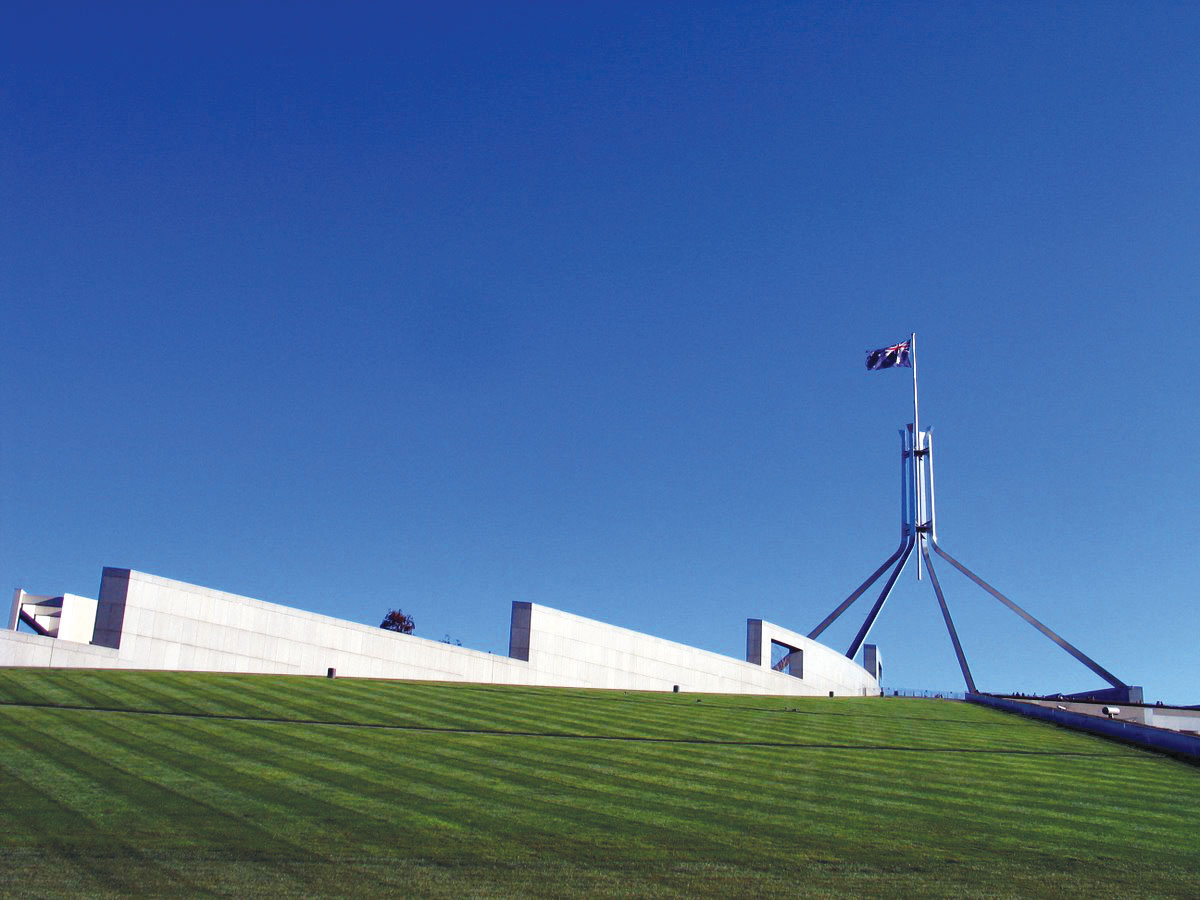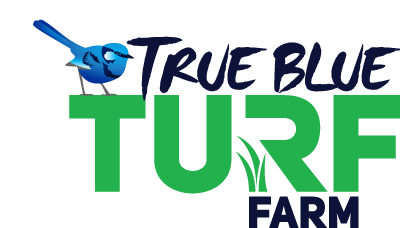Natural Turf Vs. Artificial Grass
True Blue Turf is a supplier of artificial grass. As the leading turf supplier of natural turf in the South West, we play with open cards when it comes to facts and honesty. You decide for yourself! Despite our advances in science, no kind of artificial turf can effectively replace natural grass. We acknowledge that in some cases artificial lawn may be the only option.
The maximum safe temperature for a playing surface is 49°C, because temperatures of 50°C and higher can cause skin injury in less than 10 minutes. After observing exceedingly hot temperatures from the synthetic turf, a case was recorded that a coach received blisters on his feet through his tennis shoes. Another startling observation from the study included 93° C was the highest surface temperature recorded on artificial turf on a 37° C day. Studies suggest that carbon fibers used in some artificial turf are as unsafe as asbestos when inhaled.
Whether by hand or withheld magnets, small objects and materials must be meticulously removed and liquids or other residues must be thoroughly cleaned and disinfected regularly. Some common elements that home owners must cleanse or remove regularly include:
✖ Food and beverages
✖ Vomit
✖ Gum Metal particles
✖ Wooden splinters
✖ Blood
✖ Animal droppings and
✖ urine
MYTH: Artificial turf is better for the environment, because it doesn’t require water.
FACT: While natural grass requires water to remain healthy, its resulting benefits to the environment far outweigh those costs.
While man struggles to create an imitation of turf with even half the benefits of natural grass, scientists are working with nature to develop stronger, more wear resistant and generally improved natural turf varieties.
The frightening effects of artificial turf on both humans and the environment are already being corrected by natural grass on a daily basis. Athletes and coaches, professionals and amateurs, fans and homeowners all prefer the joy that natural grass brings into their lives. The costs of installing and maintaining a natural lawn provides a far better short- and long-term value than the costs of artificial turf, especially when considering wear and lifespan.
Natural grass is a vital part of a balanced environment, one that future generations should be allowed to enjoy and benefit from as much as we have.

